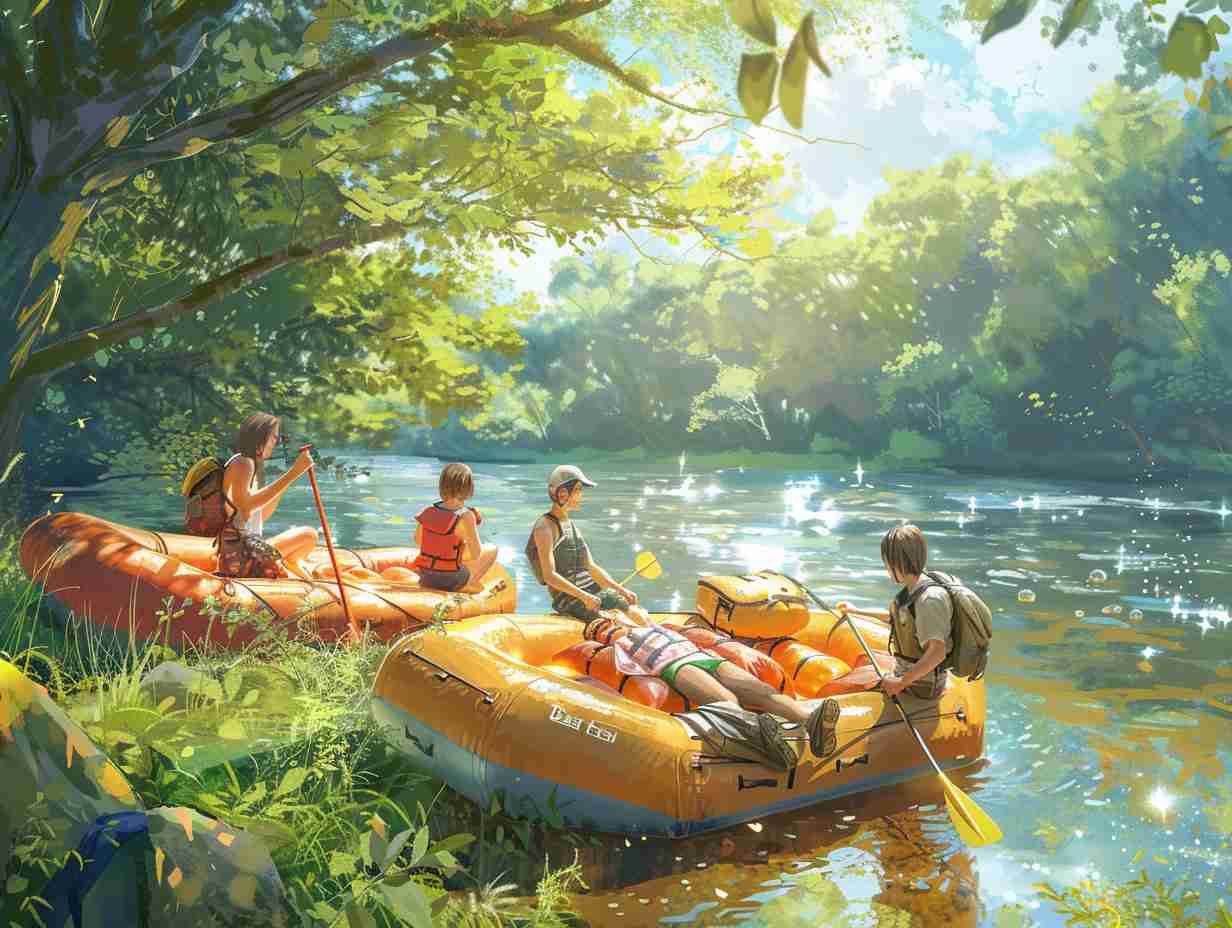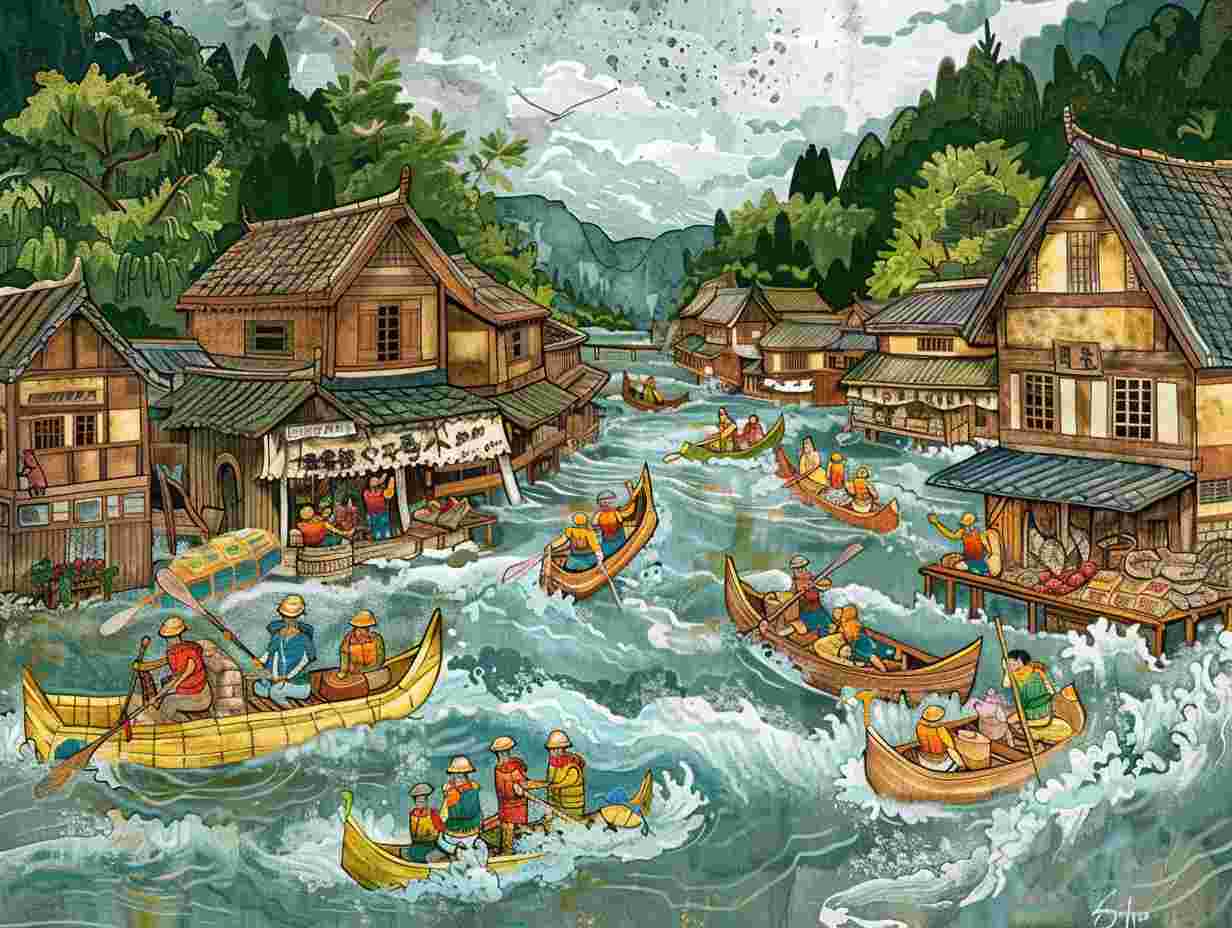
Rafting and Climate Change
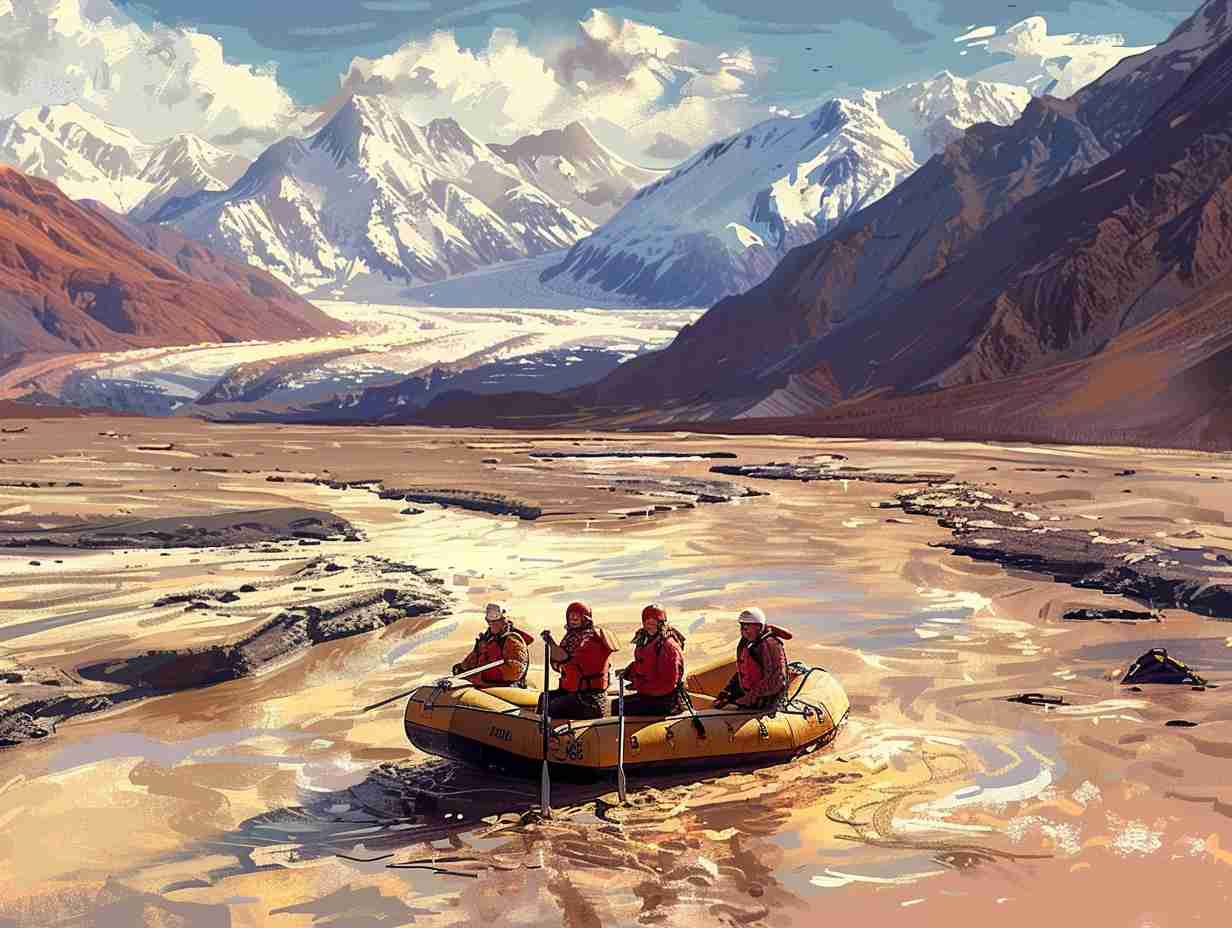
Imagine steering a once-thrilling whitewater rafting route, only to find it diminished due to altered river flows caused by climate change.
As you set out on your next adventure, consider how rising temperatures are impacting the very essence of rafting experiences.
The effects of climate change are not merely distant concerns but can directly affect your future excursions on the water.
Key Takeaways
- Climate change impacts alter river conditions for rafting safety.
- Adapting to erratic currents and extreme weather is crucial.
- Conservation efforts are essential for sustainable rafting opportunities.
- Awareness, flexibility, and preparation are vital for safe rafting experiences.
Impact of Rising Temperatures
With temperatures on the rise, rafting conditions are changing rapidly. The warming climate affects river ecosystems, altering water levels and flow patterns. As temperatures increase, glaciers melt faster, leading to higher water volumes in rivers. This can result in stronger currents and potentially dangerous rapids.
Additionally, rising temperatures can impact precipitation patterns, affecting the timing and intensity of river flows. It’s essential for rafters to stay informed about these changes and adapt their skills and equipment accordingly. Understanding how climate change influences river conditions is vital for ensuring a safe and enjoyable rafting experience.
Altered River Flows and Currents
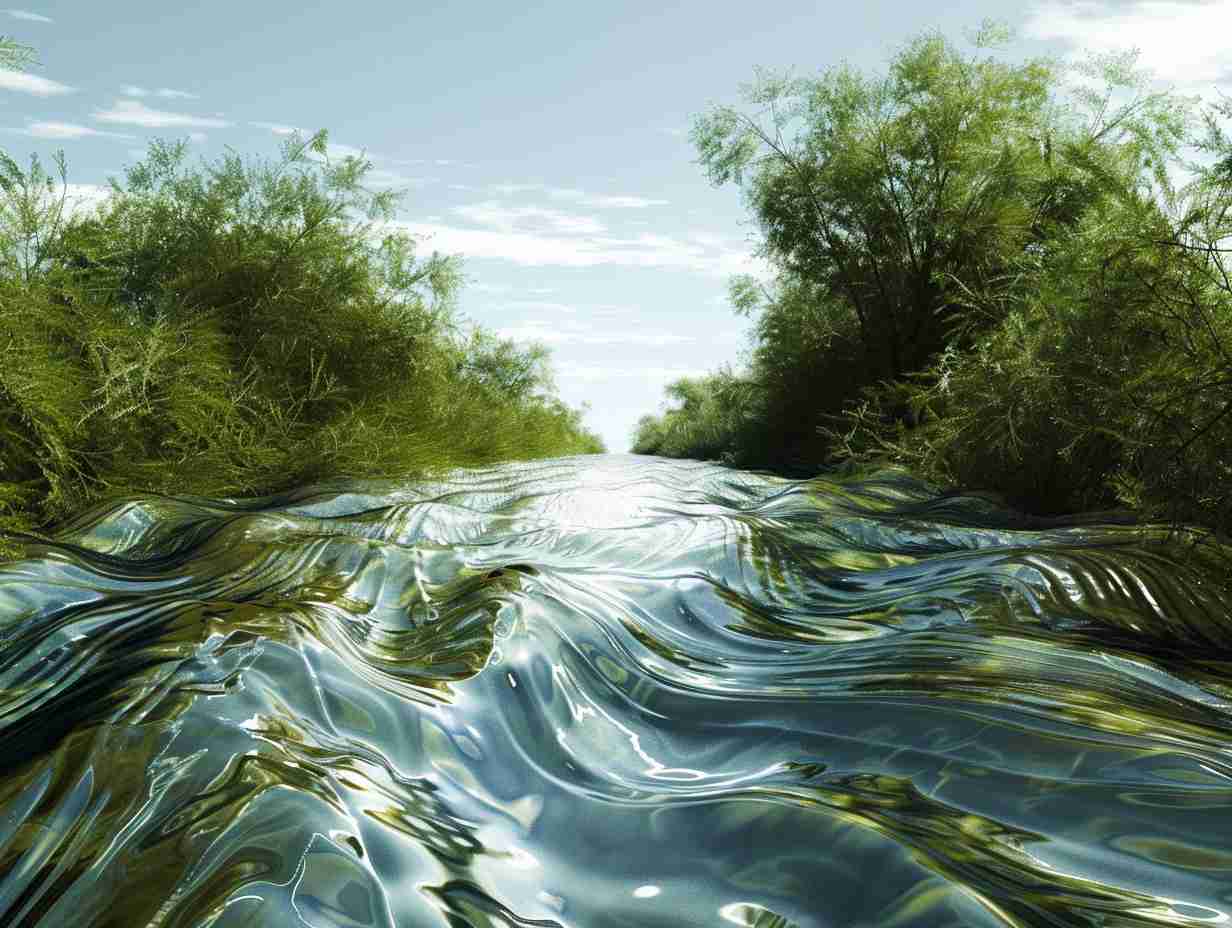
As temperatures rise, the river flows and currents are being greatly altered, posing new challenges for rafters. Changes in precipitation patterns and melting glaciers are impacting the volume and speed of rivers, leading to unpredictable conditions. This shift requires rafters to adapt quickly to varying water levels and currents, making navigation more difficult. To understand these alterations better, let’s explore some key differences in river flows and currents before and after climate change:
| Before Climate Change | After Climate Change |
|---|---|
| Consistent water levels | Fluctuating water levels |
| Predictable currents | Erratic currents |
| Stable river flow patterns | Altered flow patterns |
| Clear navigation routes | Obstructed paths |
These changes highlight the need for rafters to enhance their skills and safety measures to cope with the evolving river conditions.
Increased Risks of Extreme Weather
Prepare for heightened dangers on the river as extreme weather events become more frequent and intense due to climate change. With the increasing risks of extreme weather, such as intense storms, flash floods, and sudden temperature fluctuations, your rafting adventures may become more challenging and unpredictable.
These extreme weather events can lead to rapid changes in water levels, strong currents, and hazardous debris in the river, putting you at a higher risk of accidents and injuries. It’s essential to stay informed about weather forecasts, be prepared for sudden changes in conditions, and prioritize safety above all else when setting out on your rafting trips.
Adapting to Changing Conditions
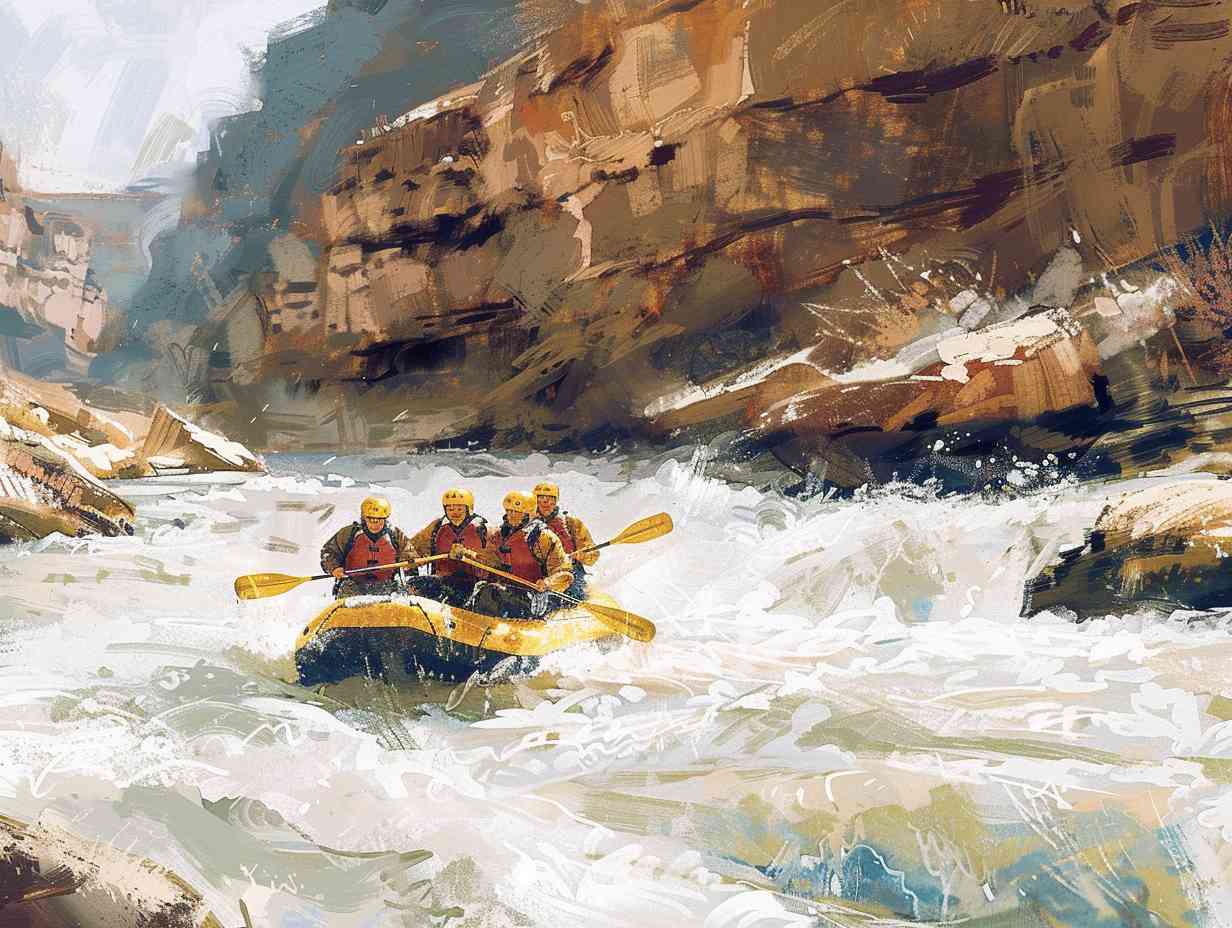
Exploring the changing conditions brought by climate change while rafting requires adaptability and a keen awareness of your surroundings. Adapting to these evolving environments is critical for ensuring a safe and enjoyable experience on the water.
To navigate the challenges posed by climate change while rafting, consider the following:
- Stay informed about weather patterns and forecasts before starting on your adventure.
- Be prepared with appropriate gear and clothing to handle unexpected changes in temperature or conditions.
- Stay flexible and ready to adjust your plans in response to sudden weather shifts.
- Work closely with your team to communicate effectively and make swift decisions based on changing circumstances.
Preserving Rafting for Future Generations
To guarantee the longevity of rafting for future generations, it is important to implement sustainable practices and conservation efforts. By focusing on preserving the natural environment and promoting responsible tourism, we can make sure that rafting remains an enjoyable activity for years to come. One key aspect is minimizing waste generation and ensuring that any waste produced is properly disposed of or recycled. Additionally, supporting local communities and economies that rely on rafting can help create a sense of stewardship towards the rivers and surrounding areas. Remember, the actions we take today will directly impact the opportunities available for those who come after us.
| Preservation Strategies | Description | Impact |
|---|---|---|
| Sustainable Tourism | Promote responsible practices | Preserve natural resources |
| Waste Management | Minimize waste generation | Reduce environmental impact |
| Community Support | Support local economies | Foster stewardship |
Frequently Asked Questions
How Do Rising Temperatures Specifically Impact the Safety of Rafting Trips?
When temperatures rise, the safety of rafting trips can be affected by changes in water levels, increased risk of flash floods, and altered river flow patterns. Stay informed and adapt to changing conditions.
Are There Any New Technologies Being Developed to Help Monitor and Predict Changes in River Flows and Currents?
You’ll be glad to know that new technologies are constantly being developed to monitor and predict changes in river flows and currents. These advancements help guarantee a safer and more informed experience for rafters everywhere.
How Do Extreme Weather Events Such as Hurricanes or Heavy Rainfall Affect the Ability to Go Rafting?
When extreme weather hits, like hurricanes or heavy rainfall, your rafting plans can be impacted. These events can cause dangerous conditions on the water, affecting your ability to go rafting safely. Always prioritize safety first.
What Are Some Key Strategies for Rafting Companies to Adapt to Changing Conditions Caused by Climate Change?
To adapt to changing conditions due to climate change, you should stay informed about weather patterns, adjust trip schedules as needed, invest in technology for early warnings, and train staff on safety protocols.
In What Ways Can Individuals Contribute to Preserving Rafting Opportunities for Future Generations Amidst Climate Change Challenges?
Embrace the river’s song, dance with its currents. Your choices ripple through time, shaping the flow for those yet to come. By respecting nature, conserving resources, and advocating for change, you safeguard rafting’s future.
Conclusion
As you navigate the rapids of climate change, remember to stay vigilant and adaptable. The future of rafting depends on our ability to mitigate the impacts of rising temperatures and altered river flows.
Embrace the challenge and work towards preserving this exhilarating sport for generations to come. So grab your paddle, ride the waves, and steer towards a sustainable future on the river of time.
The clock is ticking, but together we can make a splash in history.
More information about
Affiliate information declaration: We may earn revenue from the products referred on this page and participate in affiliate programs.
